Scholars and enthusiasts of Chinese history are familiar with the term “century of humiliation,” referring to the long chain of crises the country suffered during its entry into the modern era starting in the mid-19th century.
From the Opium Wars waged and lost against Britain and France, to the multimillion deaths of the Taiping rebellion and Japanese invasion in World War II, China never seemed to catch a break. Imperial rule gave way to the Republic of China, which, strained by the multitude of crises facing it, was eventually driven off the Asian mainland by the Chinese Communist Party (CCP).
In reality, neither communism nor the Communist Party played any positive role in China’s darkest hours. And once in power, the CCP imposed a totalitarian regime not only responsible for the most deaths of any tyranny in history, but which also seeks through its atheist ideology of struggle to destroy the spiritual foundations of Chinese civilization.
From radical left-wing intellectual trends in the early 20th century that denigrated all of ancient China as an exercise in backward “feudalism,” to today’s adulteration of Chinese national heritage with the “red gene,” the CCP and its followers have never ceased in replacing traditional culture with a pernicious Communist Party culture. Throughout the ages, no foreign invader has so thoroughly disparaged the teachings of the sages, clamped down on scholarly expression, or assaulted the family institution as has the CCP. No setback faced by the Chinese people in their engagement with modernity can compare with China’s true century of humiliation: the 100-year history of the Communist Party.
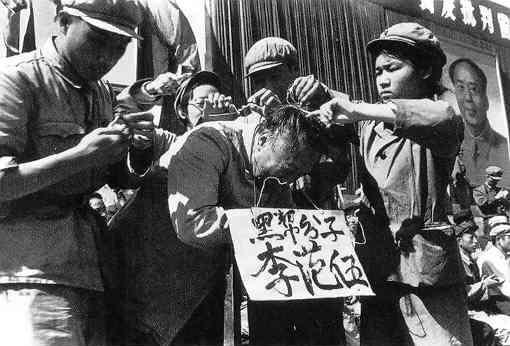
A Foreign-Backed Insurrection
One of the Communist Party’s favorite tactics is to claim its opponents are “anti-China” or backed by “foreign forces.” But the CCP itself was formed by a small cadre of leftists who disdained China’s culture and history, and supported by funds from the Comintern’s Far Eastern Bureau, established by Soviet Russia in 1920.However, repeated military defeats at the hands of the Western powers and Japan, as well as the crushing “unequal treaties” that followed, made many wonder if there was a deeper cause for China’s weakness.
The overthrow of the Manchu Qing Dynasty and its replacement by the Republic of China (ROC) did not immediately reverse the country’s fortunes, and the ROC itself got off to a dubious start, with regional strongmen vying for control of the top Chinese government institutions.
The year 1919 saw the May Fourth movement, a series of student protests and riots in Beijing, then the capital of the nascent Chinese republic. At the center of the movement, which was propelled by popular anger at the bullying of China at the post-World War I Versailles talks, was Li Dazhao, one of the first prominent communists and a lecturer at the prestigious Peking University. Li was accompanied by a small group of like-minded scholars, including then-library assistant Mao Zedong.
Li received funding and support from the Bolsheviks, and supported their policies in turn. He and another prominent Marxist, Chen Duxiu, worked in cooperation with the Comintern, to form a nationwide communist network. While Li was a leader of the May Fourth Movement, Chen helmed the earlier New Culture Movement, which brought harsh criticisms of old China into the mainstream.
Most proposals suggested China learn from Western culture and adopt suitable aspects for national modernization, but the New Culture Movement demanded revolutionary change. To do this, China’s traditional culture would have to be replaced.
The writer Lu Xun, whose books are still required reading and memorization material in China’s schools, disparaged traditional Chinese education and social order. In “A Madman’s Diary,” he summed up all of his country’s past as “chi ren,” or “cannibalism.” Mao Zedong would praise Lu as the “chief general of China’s cultural revolution.”
Foreshadowing the CCP’s simplification of Chinese characters, left-wing linguist Qian Xuantong wrote that Chinese script promoted “childish, naive, and barbaric ways of thinking.” He proposed that Chinese characters be abolished entirely, an effort Communist Party later attempted, but gave up on for reasons of feasibility.
Taking Advantage of National Crisis to Seize Power
During the 1920s, in exchange for Soviet advisors and military aid, the Nationalist Party (Kuomintang) led by ROC founding father Sun Yat-sen allowed communists to join the party. While this helped the Nationalists win battles against the warlords and unify the country, it sowed the seeds of disaster.The First United Front ended in 1927, when Sun’s successor Chiang Kai-shek launched a purge of the CCP for undermining the Kuomintang’s Northern Expedition to Beijing.
However, several years of increasingly successful campaigns by Chiang’s armies against the communist rebels were cut short: in 1931, Imperial Japan invaded the three provinces of Manchuria in China’s northeast, spurring a nationwide wave of patriotic sentiment. The CCP’s propagandists leapt at the opportunity, with its mouthpieces spreading the slogan “Chinese do not fight Chinese.” In 1936, one of Chiang’s own generals mounted a coup against him and forced him to enter a Second United Front with the CCP.
By the end of World War II, China was a member of the United Nations Security Council, recovered Taiwan (the island had been taken by Japan in 1895), and overturned almost all the “unequal treaties,” bringing an end to the “century of humiliation.”
But CCP propaganda to this day ignores or minimizes the critical role played by the Kuomintang and its allies (including the United States) in helping China survive World War II. Mainland Chinese are taught to call the continued civil war of 1946–1949 the “war of liberation,” and the People’s Republic of China (PRC) established in October 1949 as the “new China.”
Legions of Chinese internet trolls extoll the communist Chinese army’s war in Korea as a “victory” against foreign imperialism, despite the conflict being started by the communist North.
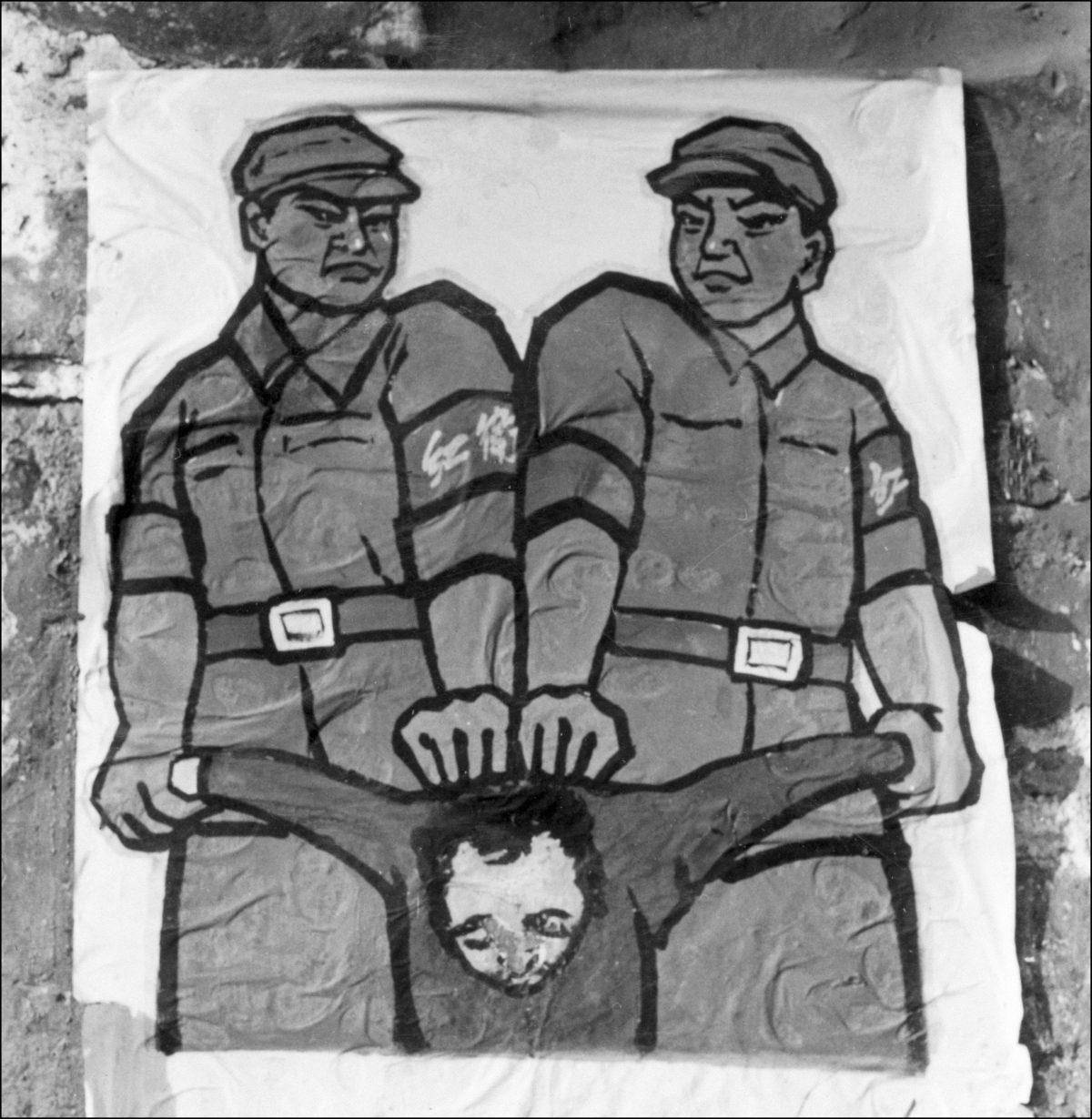
Deceit, Malice, Struggle
The “Nine Commentaries on the Communist Party,” first serialized by The Epoch Times in 2004, sums up the nature of the CCP as “deceit, malice, and struggle.” No matter how much the Party changes its colors or adjusts its propaganda, it does not abandon its Marxist-Leninist doctrine, which maintains the sacrosanct status of atheist materialism and the totalitarian organization of the Party itself.These doctrines stand in diametric opposition to the principles of traditional Chinese culture, which are rooted in the religions of Confucianism, Buddhism, and Daoism.
China’s native spirituality is arguably rooted in Daoism, reverently called “the doctrine of the Yellow Emperor and [Daoist sage] Lao Zi.” Learning from the legendary ruler who is believed to have founded the first Chinese state 5,000 years ago, emperors who followed this principle stressed ruling with moderate regulation and light taxation. Daoism centers on the dual interaction of yin and yang, giving balance to all phenomena in the universe.
Confucianism and other ancient schools of thought took inspiration from Daoism’s naturalistic understanding of the world, giving rise to the strong Chinese respect for ancestors, family, and the five virtues of benevolence, righteousness, ritual, wisdom, and integrity. Though an imperial dynasty may take over through armed rebellion, once in power it would make efforts to adhere to traditional morality. Even Sun Zi, author of the “Art of War,” stressed that “the Moral Law” was the greatest factor in determining victory in battle.
Buddhism, imparted to China and the rest of East Asia by Indian monks, gave the Chinese a heightened respect for life, and inspired many to pursue spiritual perfection and deliverance from the attachments of the mundane world. During the Tang Dynasty, which embraced the new religion, the imperial court received scholars and subjects from across Eurasia.
Marxist thought, whether in its original packaging as an economic theory or in other forms, holds that all of human history is nothing more than Darwinist class struggle. Mao infamously said that revolution is an act of violence in which one class overthrows another.
Party Nature Versus Human Nature
As described in Commentary Five in the “Nine Commentaries,” individual Communist Party members or even leaders may be motivated by compassion. For example, in 1989, the reformist CCP general secretary Zhao Ziyang expressed sympathy for the protesting students at Tiananmen Square. However, he was quickly outmaneuvered by hardliners who argued that the Party’s power was at risk. Communist leader Deng Xiaoping declared the protests a violent riot, and thousands were killed as troops and tanks cleared the streets of Beijing.In 1999, Jiang Zemin, who was promoted to replace Zhao due to the former’s tough and reliable stance on protests in Shanghai (Jiang was the city’s Party boss), faced an opposite situation when he opted to ban the Falun Gong spiritual practice.
A Buddha-school qigong discipline also known as Falun Dafa, Falun Gong gained massive popularity throughout the 1990s since its founding in 1992, with an estimated 70 to 100 million adherents of the practice by 1999.
Jiang and his close supporters saw Falun Gong, which teaches truthfulness, compassion, and tolerance and a traditional worldview, as a threat to the Party’s rule. Even though the other six CCP Politburo Standing Committee members were opposed to or ambivalent about Jiang’s demand for a nationwide repression of the practice, they were cowed into acceptance when Jiang argued that failure to “defeat” Falun Gong would make a “laughingstock” of Marxism and result in the “destruction of the Party and country.”
Because Jiang followed the unspoken principle of the Communist Party, he was able to overcome disagreement within the organization, while Zhao, despite his achievements in the much-vaunted “reform and opening up” of the 1980s and efforts to bring rule of law to China, was unceremoniously ousted and put under house arrest until his death in 2005.
The deleterious effects of the CCP’s underlying Marxism-Leninism went ignored by the international community for years, and still remain poorly understood. Western observers often criticize China as “ultranationalist” or “authoritarian,” while hoping for positive engagement with “moderate” leaders in the CCP.
The Party’s strengthening techno-totalitarianism of the last decades should have shattered such illusions. As long as the Communist Party runs China, no fundamental change is possible. A century of communist rule not only brought China a second age of humiliation, but threatens freedom around the world.
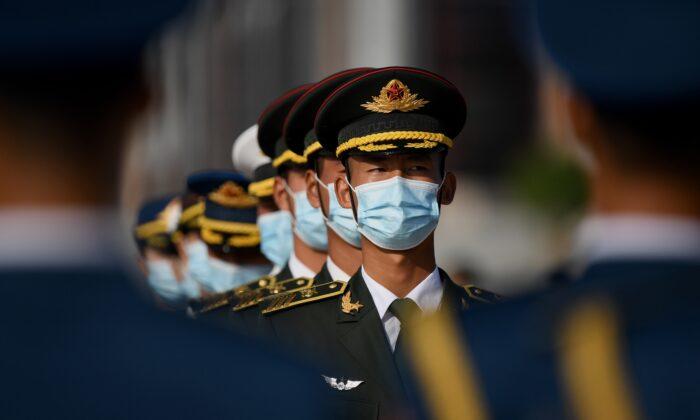

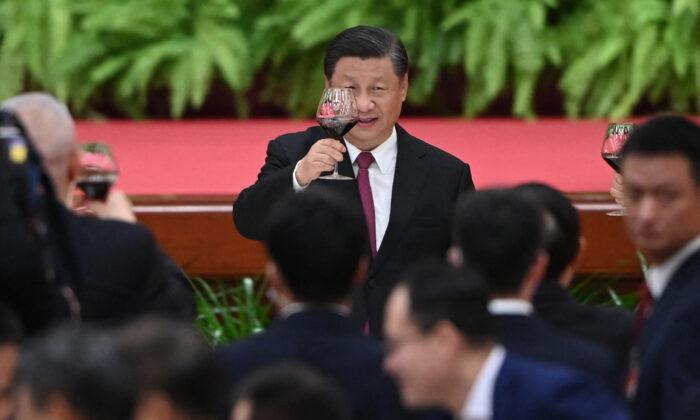
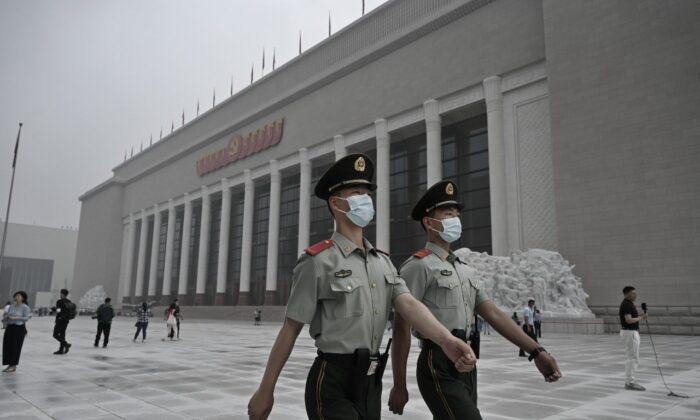
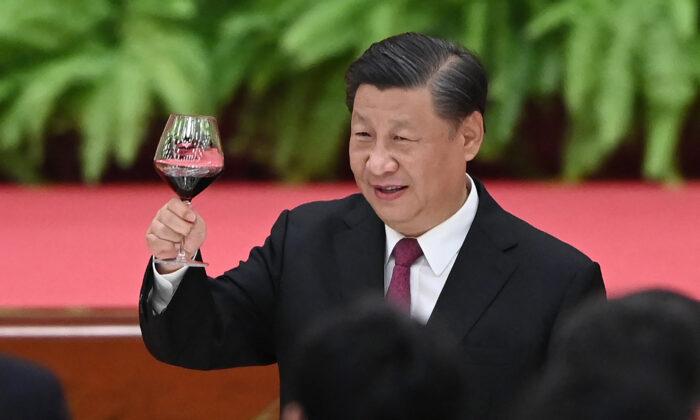
Friends Read Free